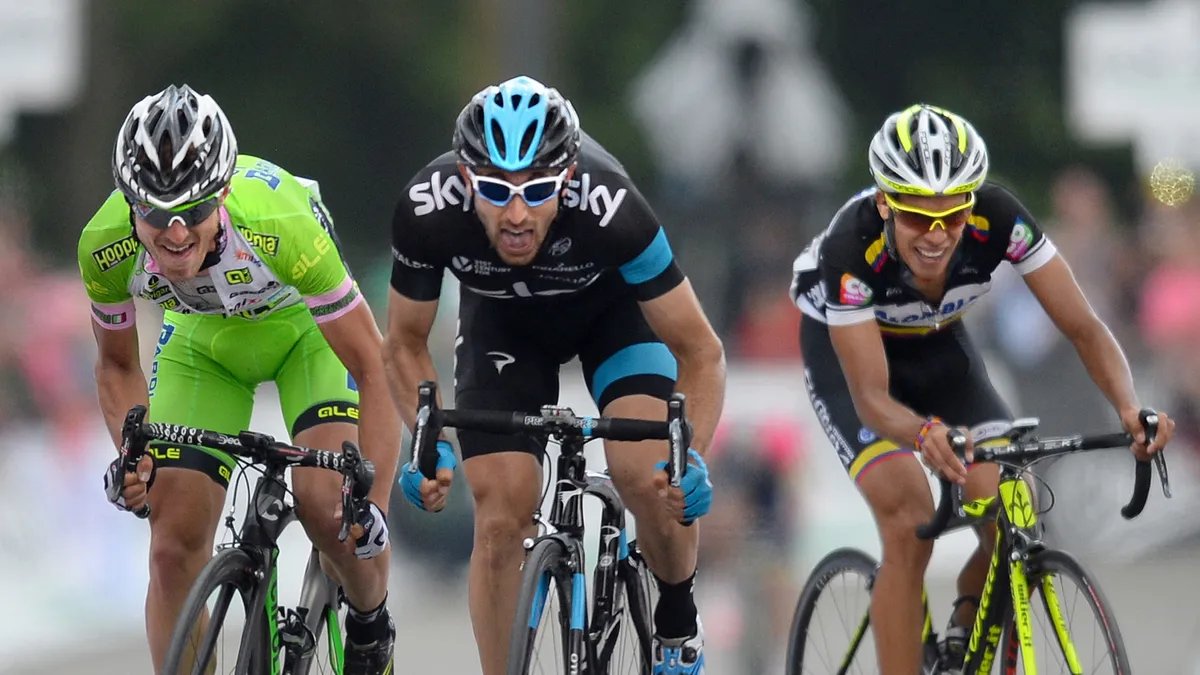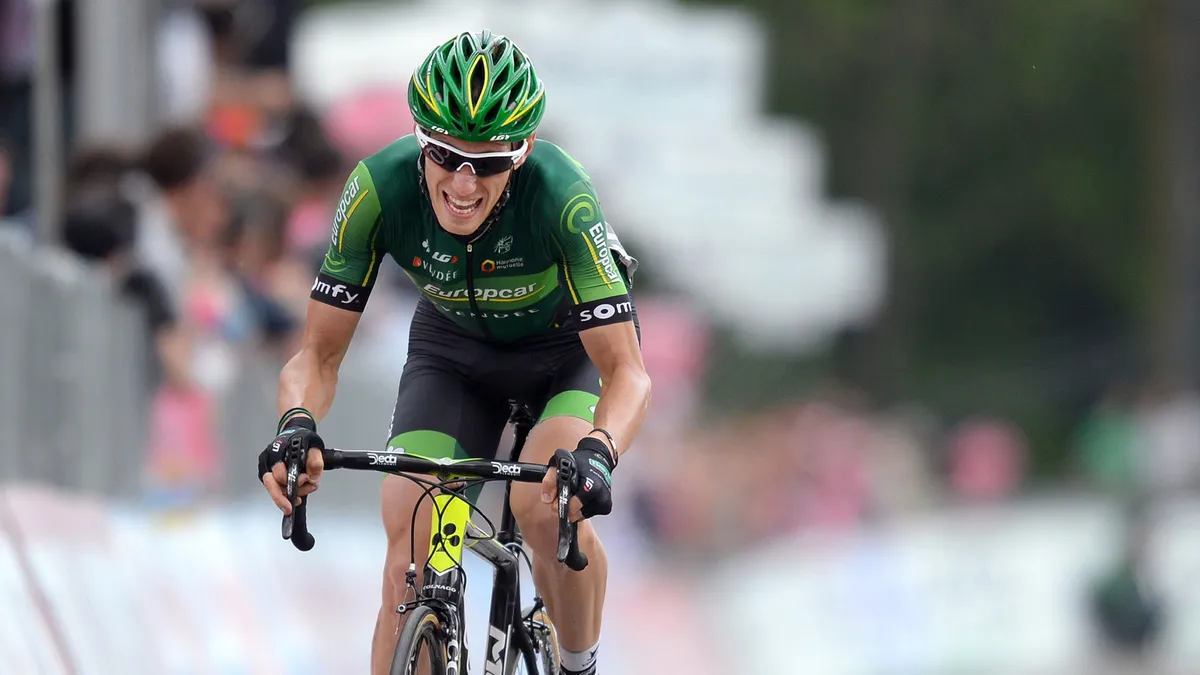If you’ve been riding consistently but haven’t become any faster for a while, it’s probably because you’re not going hard enough.
And also because you’re going too hard.
Confused? Allow us to explain…
Across experience levels, one of the most common training mistakes made by cyclists is to ride kind of hard, all the time: not hard enough to cause aerobic adaptations, but too hard to ever fully recover. Over time, this accumulated fatigue means the body is never fresh for the kind of high-quality training sessions needed to get fitter.
To get faster on the bike over time, training has to be highly polarized: hard days need to be really hard, and easy days need to be really easy.
How easy and how hard?
Defining an easy ride is pretty straightforward, said Jim Rutberg, veteran professional coach for Carmichael Training Systems (CTS) and co-author of The Time-Crunched Cyclist. “You should barely break a sweat. Stay at a conversational pace, and think of it as ‘taking the bike for a walk’. Little old ladies and crotchety old men should have no trouble keeping up with you," Rutberg said.
Prescribing a hard day is a little more complicated. Ideally, you should train with a tool that can provide objective feedback, such as a monitor for heart rate, power or pace. This way, you can assign objective workout targets based on your current level of fitness, and measure improvement. But for athletes who don’t train with a device, Rutberg provided some guidelines according to one to 10 rate of perceived exertion (RPE) scale, where 1 indicates 'weak' effort (an easy day), and 10 indicates 'maximal' effort.
For your hard days to be 'hard enough', you’ll need to incorporate intervals at:
● RPE of five to six to build aerobic conditioning. This will feel like a strong effort, during which holding a conversation is noticeably more difficult than at your 'all day' endurance pace. You can talk, but maybe only in short sentences. You’ll need to focus in order to maintain this pace on your own. Rutberg recommends a single 15- to 60-minute interval at this effort. “These are done at a very sustainable pace, a challenging aerobic effort a bit above your normal cruising pace," he said.
● RPE of seven to eight to build maximum sustainable pace for climbing. This will feel like a hard but sustainable effort, though breathing will be challenged to the point where conversation is very difficult. You’ll probably only be able to speak a word or two at a time. A common workout Rutberg prescribes to CTS athletes is 3x10-minute intervals at this intensity, with five-minute recoveries in between.
● RPE of nine to 10 to build high-end speed, what you could hold for 1 to 2 minutes. Target 12 to 20 cumulative minutes at this intensity with recovery periods of equal length.

In order to go hard on hard days, your easy days must be truly easy
Want to plan a highly contrasting training week? Rutberg suggests the following schedules, which alternate hard interval days with easy or off days. If you ever end up riding in two-day blocks, he said, put hard intervals on the first day, "so you’re freshest for those efforts".
If you ride three days a week
● Ride Tuesday/Thursday/Saturday, or similar spaced
● Hard days will be Tuesday and Thursday, with a longer endurance ride Saturday
If you ride four days a week
● Ride Tuesday/Thursday/Saturday/Sunday (or, if you can’t ride both weekend days, Monday/Wednesday/Friday/Sunday)
● Hard days will be Tuesday and Thursday (or Monday and Wednesday). Weekends will be for long endurance rides
If you ride five days a week
● Ride Tuesday/Wednesday/Thursday/Saturday/Sunday
● Hard days will be Tuesday and Thursday. If possible, schedule a longer endurance ride on Wednesday. Weekends will be for long endurance rides
Plan a recovery week about once every three weeks that involves easy days on the bike or other aerobic activity, Rutberg said. If you’ve never performed structured training before, you can see improvements on a program like this in as little as four weeks, with more significant gains in two to three months. And while it’s true that your training will definitely get harder, the good news is that it’ll also get easier.
Gloria Liu is a freelance writer based in Boulder, Colorado and the former editor of TrainingPeaks.
